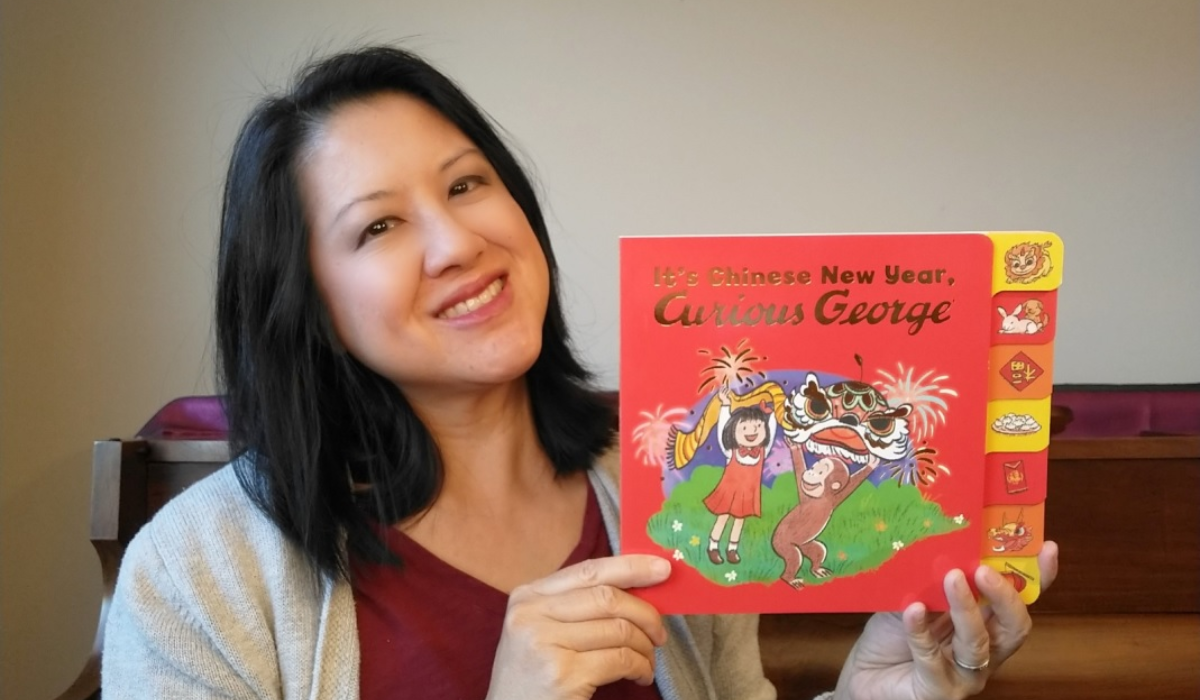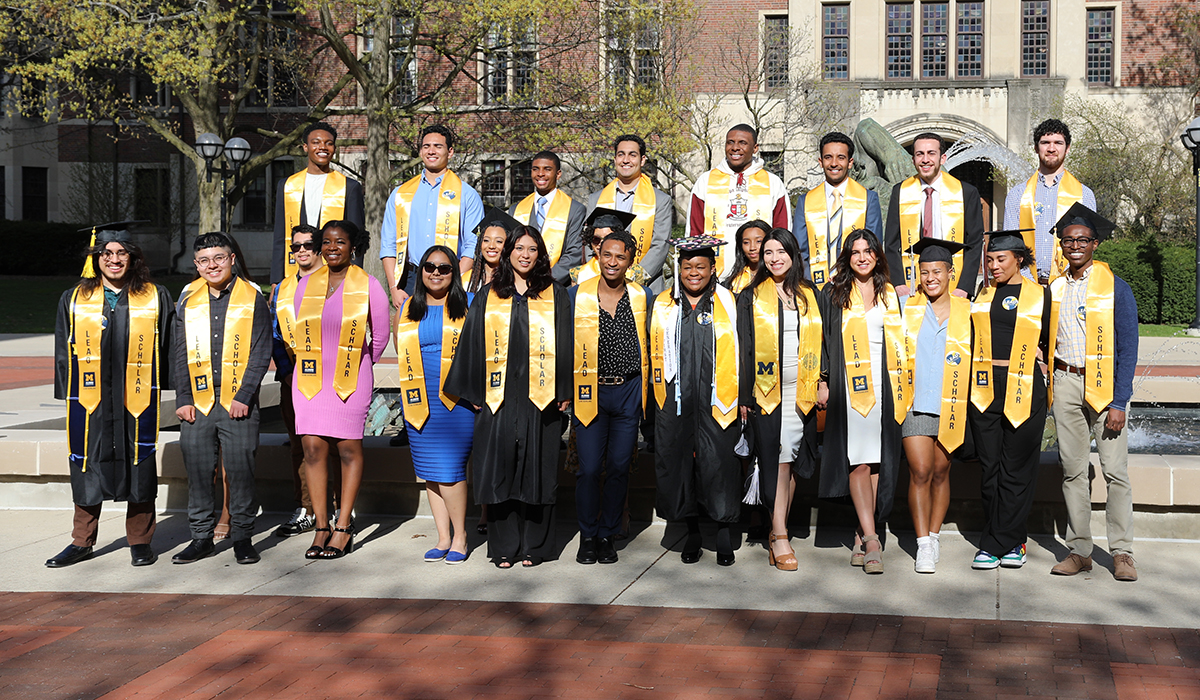Following the shooting at Sandy Hook Elementary School four years ago, Tim Makris and other parents launched an organization to help stop future violence.
On Dec. 14, 2012, Tim Makris’ life changed forever. On that day, a gunman entered Sandy Hook Elementary School, turned to the left, and opened fire, killing 20 children and six staff members. Makris’ son, Philip, was in the gym, to the right of the door the gunman entered.
While his son narrowly escaped physical harm, the event marked a turning point for Makris, ’89, then a corporate executive. He chose to leave the comfort and security of his job and, with other Sandy Hook parents, create an organization dedicated to preventing gun violence.
That organization became Sandy Hook Promise (SHP), a nonprofit whose Know the Signs programs teach children and adults how to recognize and find help for individuals who might be at risk of hurting themselves or others. To date, SHP has trained more than 865,000 people in at least one prevention program. It is also launching a partnership with the Youth Violence Prevention Center, based in U-M’s School of Public Health, to research the impact and benefit of SHP’s programs.
With the opening of a new Sandy Hook Elementary school in August and the fourth anniversary of the tragedy approaching, memories of that day in 2012 are bound to resurface for Makris. He took time to speak with Michigan Alumnus about the work he’s doing to help prevent future tragedies.
What do you recall about Dec. 14, 2012?
That day was gut-wrenching, horrific. It was one of the more painful days I’ve ever had emotionally for fear of what was going on with Philip before I got to the school and then, of course, what we all learned afterward. There’s a life before the Sandy Hook tragedy and a life after. It changed everything. We had to pick up the parts and pieces and do something about it.
How did it happen that five people came together to launch the organization?
A friend, just two days after the shooting, sent out an email and said, “We need to do something.” We were all senior executives, and within seven days we all took leaves from our jobs. And for myself and another gentleman, after about four months, we said, “We want to stay and help lead the organization.”
That must have been a challenge—to build a nonprofit from the ground up. How did you distinguish Sandy Hook Promise from other gun violence organizations?
We spent a good 10 to 12 months doing research to understand the causes of gun violence, how to prevent gun violence. In addition, we studied the history of social change to discover the best practices that helped create that change. What we saw were some gaping holes in the gun violence prevention movement that our organization could fill and therefore complement the existing groups, which were only focusing on policy.
So you wouldn’t characterize Sandy Hook Promise as a gun control group?
We support the Second Amendment, and we don’t get into the discussion over bans. We just focus on what to do about preventing the violence before it takes place.
How, exactly?
We discovered that in most gun violence, there are signs and signals that are given off by individuals before they ever hurt themselves or others with a firearm. Just think about heart attack signs and signals, stroke, drowning—we could go on and on about programs where you teach people the signs and signals, but on gun violence there just hasn’t been any organization trying to educate people. So we said, “OK, we’re going to be that organization.” Most people commit gun violence out of anger and fear, and they don’t have the life skills to be able to manage that. So they choose, given access to a firearm, to have that be their solution. We focus on how to prevent gun violence before it ever takes place by teaching people how to know the signs of someone who may want to hurt themselves or others and step in and intervene and get them help before it’s too late.
We focus on how to prevent gun violence before it ever takes place.
How can you tell when someone is an actual threat and not just trying to get attention?
Most kids don’t believe a threat is real because they’ll say, “Well, if they meant it, why are they telling everybody?” We try to teach kids that they probably do mean it and you need to step up and say something to somebody to get that person help.
So, you’re providing people, including kids, with tools on how to respond to possible threats?
Yes. It’s a culture shift. Think “designated driver.” You know, those two words have unequivocally changed the behaviors that we’ve taken as a country toward drinking and driving. And we’re doing the same thing.
What are some of the signs of people who might use violence?
Aggressiveness is a big sign, social isolation, and pulling back. Fascination with weapons and other mass shootings. Bullying or being bullied. Conflict or making threats to other individuals. What are your goals for the organization? We have a long-term goal of a 20 percent reduction in gun violence by 2024, based off the 500,000 acts of gun violence that occur in the U.S. each year. And we feel by raising awareness and changing attitudes and behaviors over that timeframe, along with the other work that we do, we can get to that reduction.
A student in Cincinnati last year learned that another student was making plans to bomb a school. The student knew to report the threat because of training with Sandy Hook Promise, and a crisis was averted. That must make all your work worthwhile.
My biggest joy was the day that we got that report from the Cincinnati School District. And since then, other events have been reported. We’ve gotten reports from schools that they saw their bullying go to virtually zero; we’ve averted suicides and reduced the number of weapons coming into schools. That’s only going to grow because we are truly at the tip of the iceberg.
The Numbers Are Staggering
114,644 people are shot each year; 14,783 are children age 18 or younger
34,668 people, including 2,277 children 18 and under, die from gun violence
79,976 people, including 12,506 children 18 and under, are injured by gun violence
Source: sandyhookpromise.org, Gun Violence in American Fact Sheet, Average 2003-2013
For more information about bringing Sandy Hook Promise’s free Know the Signs programs to your school or community, visit www.sandyhookpromise.org.
Sharon Morioka, ’84, MA’86, is the editor of Michigan Alumnus





